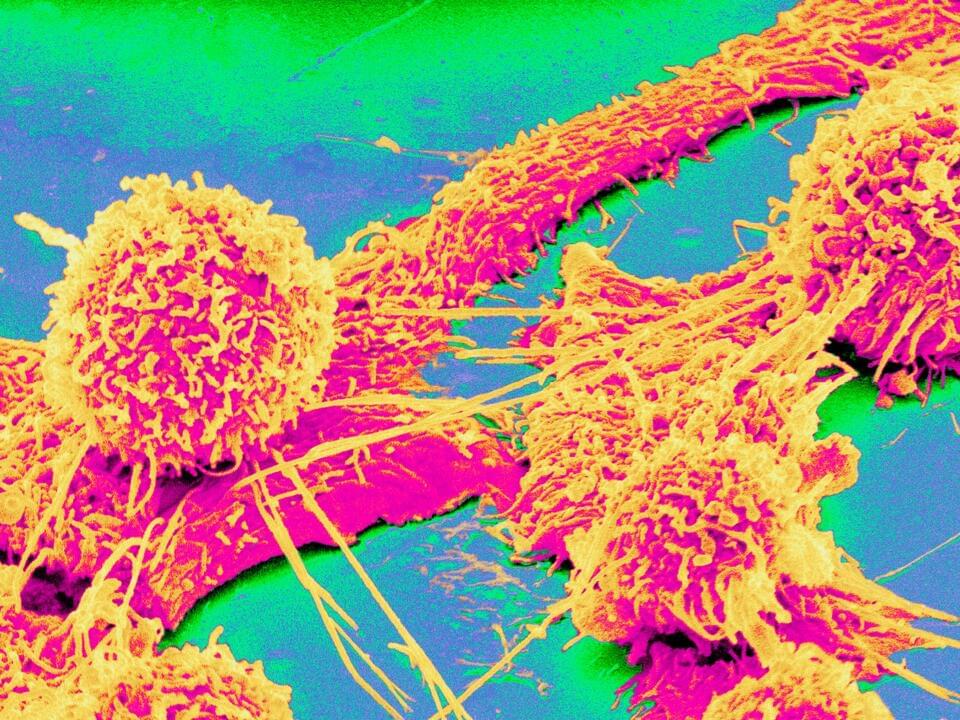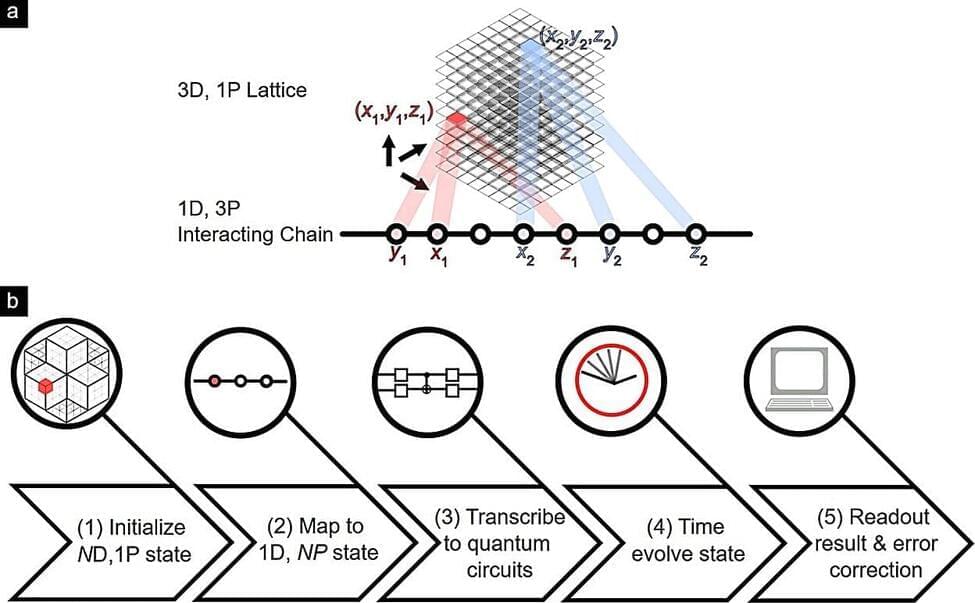Entangled particles of light can transmit holographic images that can be selectively erased, allowing for secure communications that can also be deleted.
An invisible, weak energy field wrapped around our planet Earth has finally been detected and measured.
It’s called the ambipolar field, an electric field first hypothesized more than 60 years ago, and its discovery will change the way we study and understand the behavior and evolution of our beautiful, ever-changing world.
“Any planet with an atmosphere should have an ambipolar field,” says astronomer Glyn Collinson of NASA’s Goddard Space Flight Center.
A landslide and its resulting megatsunami in a Greenland fjord in September 2023 were significant enough to send waves around the channel of water for an entire week, newly analyzed data collected from seismic monitors has shown.
In what’s known as a seiche, a number of smaller oscillations bouncing between shores combined to form standing waves in the partially enclosed body of water. The phenomenon was logged from signals that traveled as far as 5,000 kilometers (3,107 miles) around the globe.
The team behind the new research, from the GFZ German Research Center for Geosciences and the University of Potsdam in Germany, says this kind of sensing technology is an important part of monitoring remote areas such as Greenland.
For nearly 60 million years, our home planet was likely frozen into a big snowball.
Now, scientists have discovered evidence of Earth’s transition from a tropical underwater world, writhing with photosynthetic bacteria, to a frozen wasteland – all preserved within the layers of giant rocks in a chain of Scottish and Irish islands.
The team, led by researchers from University College London (UCL), examined more than 2,000 grains of zircon from 11 sandstone samples, taken from up to 200 meters within the 1.1 km-thick (0.7 miles) Port Askaig formation, and the older, underlying Garbh Eileach formation, which is 70 meters thick.
A study has tied a substance in the blood to colorectal cancer in people under age 50. It may act as an early signal of the disease, scientists say, but that needs to be confirmed.
Murder Drones: Full Movie
Posted in drones, entertainment
Thank you @LiamVickersAnimation made us such a wonderful animated series, we wish you good luck in your life in the meantime, enjoy the movie of all the epi…
A 50-year-old man presented with headache. Examination showed left sided ataxic hemiparesis and elevated blood pressure. Brain imaging revealed an acute intracerebral hemorrhage in the right lentiform nucleus, deep and periventricular white matter hyperintensities, and predominantly deep cerebral microbleeds. Fundus examination showed important arteriolar tortuosity involving several blood vessels. In this young patient, we explain the diagnostic approach to intracerebral hemorrhage, the causes of cerebral small vessel disease, and the interpretation of biomolecular tests.
Prof Lee said, “Existing breakthrough studies in quantum advantage are limited to highly-specific tailored problems. Finding new applications for which quantum computers provide unique advantages is the central motivation of our work.”
“Our approach allows us to explore the intricate signatures of topological materials on quantum computers with a level of precision that was previously unattainable, even for hypothetical materials existing in four dimensions,” added Prof Lee.
Despite the limitations of current noisy intermediate-scale quantum (NISQ) devices, the team is able to measure topological state dynamics and protected mid-gap spectra of higher-order topological lattices with unprecedented accuracy, thanks to advanced in-house developed error mitigation techniques. This advance demonstrates the potential of current quantum technology to explore new frontiers in material engineering.
Laser-plasma accelerators take up less space than conventional facilities, which are sometimes kilometers long. Such compact particle sources can accelerate electron bunches efficiently, enabling X-ray lasers that fit in the basement of a university institute.









